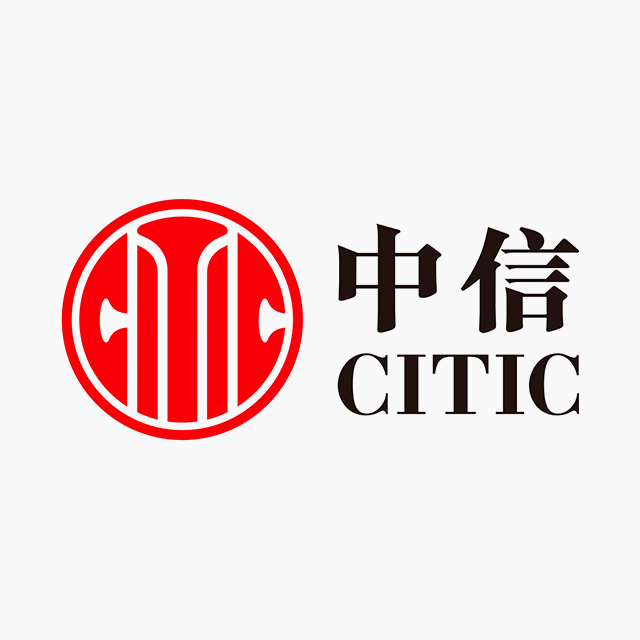Company Analysis CALB Group Co., Ltd.
1. Summary
Advantages
- The stock's return over the last year (26.14%) is higher than the sector average (-29.31%).
Disadvantages
- Price (17.76 HK$) is higher than fair price (6.13 HK$)
- Dividends (0%) are below the sector average (5.63%).
- Current debt level 5.78% has increased over 5 years from 0%.
- The company's current efficiency (ROE=2.36%) is lower than the sector average (ROE=5.71%)
Similar companies
2. Share price and performance
2.1. Share price
2.3. Market efficiency
| CALB Group Co., Ltd. | Industrials | Index | |
|---|---|---|---|
| 7 days | -2.3% | -2.7% | 3.8% |
| 90 days | 22.7% | -29.9% | -0.2% |
| 1 year | 26.1% | -29.3% | 30.9% |
3931 vs Sector: CALB Group Co., Ltd. has outperformed the "Industrials" sector by 55.44% over the past year.
3931 vs Market: CALB Group Co., Ltd. has underperformed the market marginally by -4.74% over the past year.
Stable price: 3931 is not significantly more volatile than the rest of the market on "Hong Kong Exchanges" over the last 3 months, with typical variations of +/- 5% per week.
Long period: 3931 with weekly volatility of 0.5026% over the past year.
3. Summary of the report
4. Fundamental Analysis
4.1. Stock price and price forecast
Above fair price: The current price (17.76 HK$) is higher than the fair price (6.13 HK$).
Price is higher than fair: The current price (17.76 HK$) is 65.5% higher than the fair price.
4.2. P/E
P/E vs Sector: The company's P/E (46.33) is higher than that of the sector as a whole (21.27).
P/E vs Market: The company's P/E (46.33) is higher than that of the market as a whole (26.88).
4.2.1 P/E Similar companies
4.3. P/BV
P/BV vs Sector: The company's P/BV (0.932) is lower than that of the sector as a whole (1.27).
P/BV vs Market: The company's P/BV (0.932) is lower than that of the market as a whole (1.66).
4.3.1 P/BV Similar companies
4.4. P/S
P/S vs Sector: The company's P/S indicator (1.57) is higher than that of the sector as a whole (1.54).
P/S vs Market: The company's P/S indicator (1.57) is lower than that of the market as a whole (2.66).
4.4.1 P/S Similar companies
4.5. EV/Ebitda
EV/Ebitda vs Sector: The company's EV/Ebitda (22.36) is higher than that of the sector as a whole (7.89).
EV/Ebitda vs Market: The company's EV/Ebitda (22.36) is higher than that of the market as a whole (9.93).
5. Profitability
5.1. Profitability and revenue
5.2. Earnings per share - EPS
5.3. Past profitability Net Income
Yield Trend: Rising and has grown by 2662.18% over the last 5 years.
Earnings Slowdown: The last year's return (0%) is below the 5-year average return (2662.18%).
Profitability vs Sector: The return for the last year (0%) exceeds the return for the sector (-18.84%).
5.4. ROE
ROE vs Sector: The company's ROE (2.36%) is lower than that of the sector as a whole (5.71%).
ROE vs Market: The company's ROE (2.36%) is lower than that of the market as a whole (3.92%).
5.5. ROA
ROA vs Sector: The company's ROA (1.07%) is lower than that of the sector as a whole (3.09%).
ROA vs Market: The company's ROA (1.07%) is lower than that of the market as a whole (3.34%).
5.6. ROIC
ROIC vs Sector: The company's ROIC (0%) is lower than that of the sector as a whole (0%).
ROIC vs Market: The company's ROIC (0%) is lower than that of the market as a whole (0%).
7. Dividends
7.1. Dividend yield vs Market
Low yield: The dividend yield of the company 0% is below the average for the sector '5.63%.
7.2. Stability and increase in payments
Unstable dividends: The company's dividend yield 0% has not been consistently paid over the past 7 years, DSI=0.
Weak dividend growth: The company's dividend yield 0% has been growing weakly or stagnant over the past 5 years. Growth over only 0 years.
7.3. Payout percentage
Dividend Coverage: Current payments from income (0%) are at an uncomfortable level.
Pay for your subscription
More functionality and data for company and portfolio analysis is available by subscription




